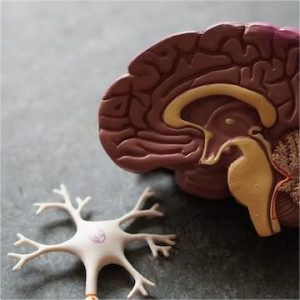Featured Products
Explore Products
- In-Stock Tumor Cell Lines
- Human Orbital Fibroblasts
- Human Microglia
- Human Pulmonary Alveolar Epithelial Cells
- Human Colonic Fibroblasts
- Human Type II Alveolar Epithelial Cells
- Human Valvular Interstitial Cells
- Human Thyroid Epithelial Cells
- C57BL/6 Mouse Dermal Fibroblasts
- Human Alveolar Macrophages
- Human Dermal Fibroblasts, Adult
- Human Lung Fibroblasts, Adult
- Human Retinal Muller Cells
- Human Articular Chondrocytes
- Human Retinal Pigment Epithelial Cells
- Human Pancreatic Islets of Langerhans Cells
- Human Kidney Podocyte Cells
- Human Renal Proximal Tubule Cells



 The Kelly cell line is a human neuroblastoma cell line characterized by genomic amplification of the N-myc gene, leading to elevated levels of N-myc RNA or protein expression. These cells primarily exhibit neuroblastic phenotypes and show partial differentiation towards a neuronal phenotype when exposed to retinoic acid (RA) or herbimycin A (herb-A). They are sensitive to a combination of RA and herb-A, which reduces cell growth and colony formation. In culture, Kelly cells are adherent, round to fusiform in shape, with polar neuritic processes, growing in both mono- and multilayers. They are also tumorigenic in nude mice, and for subculturing, sub-confluent cultures (70-80%) are typically split at ratios ranging from 1:5 to 1:20.
The Kelly cell line is a human neuroblastoma cell line characterized by genomic amplification of the N-myc gene, leading to elevated levels of N-myc RNA or protein expression. These cells primarily exhibit neuroblastic phenotypes and show partial differentiation towards a neuronal phenotype when exposed to retinoic acid (RA) or herbimycin A (herb-A). They are sensitive to a combination of RA and herb-A, which reduces cell growth and colony formation. In culture, Kelly cells are adherent, round to fusiform in shape, with polar neuritic processes, growing in both mono- and multilayers. They are also tumorigenic in nude mice, and for subculturing, sub-confluent cultures (70-80%) are typically split at ratios ranging from 1:5 to 1:20.